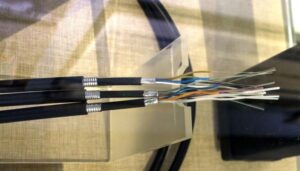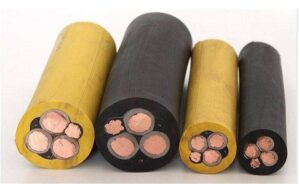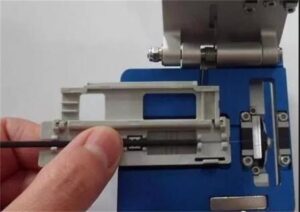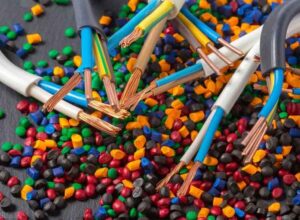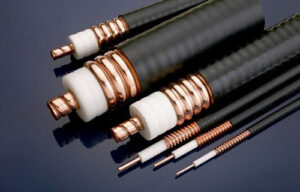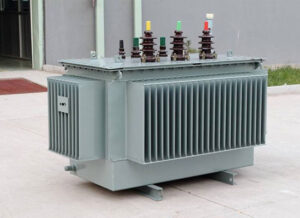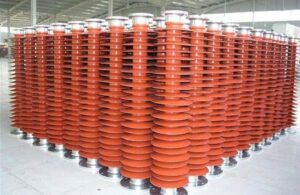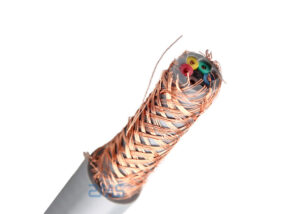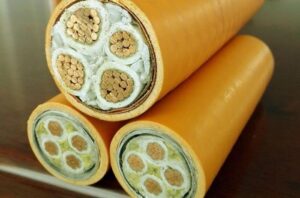First, explain the significance of fiber optic communication: fiber optic communication is one of the most meaningful inventions since World War II, without fiber-optic communication, there would not be today’s communication network.
INFORMATION
Welcome to the ZMS CABLE information blog, here is the cable industry knowledge sharing and technology popularization of the professional world. In this section, we focus on cable technology, product applications, and industry knowledge, carefully crafting a series of easy-to-understand and practical content, to provide readers with authoritative technical support and comprehensive industry interpretation.
PVC Cable Material Has These Five Major Problems, How To Solve Them?
The composition of PVC cable material is: PVC as the base resin, add stabilizer, lubricant, inorganic filler, etc., after mixing and kneading extrusion and preparation of the particles. PVC cable material is still one of the most used cable materials.
When using PVC cable material, porosity, surface roughness, and brittleness may occur. We discuss in detail the causes of these phenomena:
Fiber Optic Cable Fiber in The Weak Construction Needs to Pay Attention to The Problem
Optical fiber is a light transmission tool that uses the principle of total reflection of light in fibers made of glass or plastic to reach. Compared with copper cables, optical fibers are very fragile and easily damaged, especially during the construction of optical fibers. Today, this article will talk about the seven problems that must be paid attention to during the construction of optical fiber cables.
5 Reasons for The Explosion of Wire and Cable
In recent years, with the widespread use of electricity, cable has also entered our lives. However, cable accidents are also common, especially the frequent occurrence of accidents in the cable, which poses a great threat to our personal safety. So what exactly is the cause of the explosion of wire … Read more
What is the Coaxial Cable? And What Are Its Uses?
A coaxial cable is a wire and signal transmission line. It is generally caused by four layers of material: the innermost is a conductive copper wire, and the outside of the wire has a layer of plastic (used as an insulator, a dielectric). On the outside of the insulator, there is a thin mesh of conductive bodies (usually copper or alloy). Then the conductor is outside the outermost layer of insulating material as the outer skin.
Take You Through What a Power Transformer Is?
A transformer is static electrical equipment used to transform the AC voltage and current and transmit the AC electrical energy. It is based on the principle of electromagnetic induction to achieve the transmission of electrical energy. Transformers can be divided into power transformers, test transformers, instrument transformers, and special-purpose transformers: power transformers are necessary equipment for power transmission and distribution, power user distribution. Test transformers are equipment for withstanding voltage (boost) tests of electrical equipment; instrument transformers are used for electrical measurement and relay protection (PT, CT) of power distribution systems.
What are the Classifications of Insulators? Which One is Better?
Power line insulators mainly have the following types: suspension insulators, pillar insulators, porcelain insulators, glass insulators, composite insulators, low-voltage insulators and high-voltage insulators, fouling-resistant insulators, and DC insulators.
Characteristics and Performance of High Voltage Post Insulators
Post insulator products consist of the iron cap, tempered glass parts, and steel feet, and are glued together with cement. The product all adopts the most advanced international cylindrical head structure, which is characterized by small head size. Lightweight, high strength, and large creep age distance. It can save metal materials and reduce the cost of the line. In order to meet the needs of live operation, the traditional domestic structure shape is adopted on the brim of the cap.
Shielding Of Power Cables
Conductor shielding:
According to relevant industry standards, cables with rated voltage exceeding 2KV need conductor shielding. Conductor shielding, also known as inner shielding, is used to form a smooth layer on the relatively rough surface of the stranded conductor to reduce the concentration of electric field at the insulation interface.
Mineral Cables Have Advantages Over Traditional Cables
The durability and reliability of mineral cable are more advantageous than traditional cable. In addition, the mineral cable is also fire-resistant, mineral cable continuous working temperature of 250 ℃. It can supply power continuously for 3 hours at 950 °C-1000 °C, and can work close to the melting point of copper 1083 °C for short periods or extraordinary periods. Due to the excellent performance of the mineral insulated cable. Therefore, it is suitable for lines with a rated voltage below 1000V.
